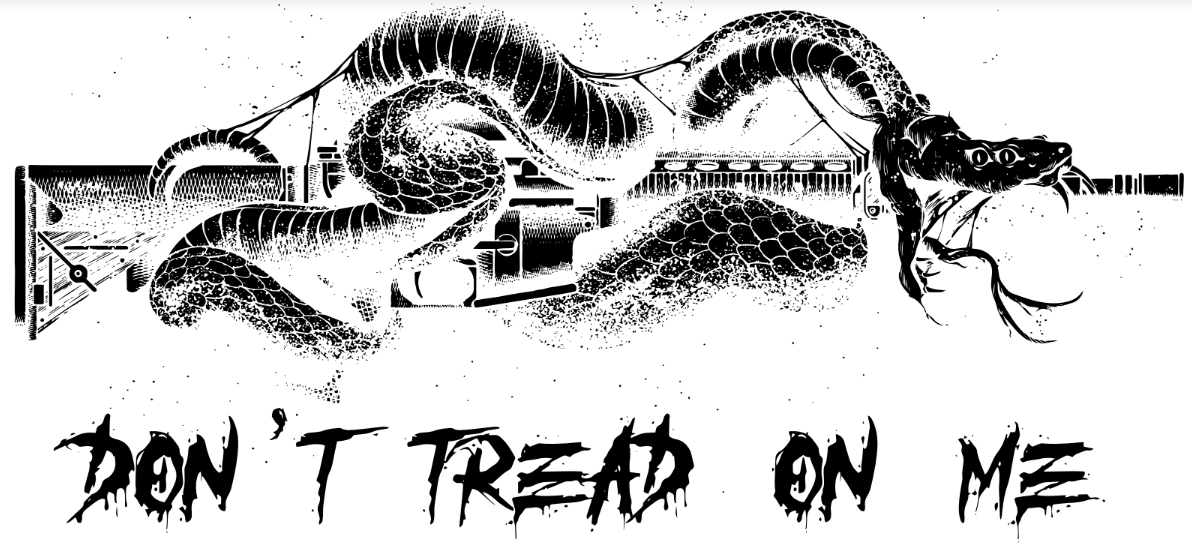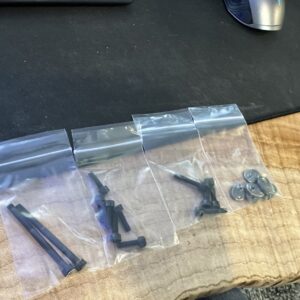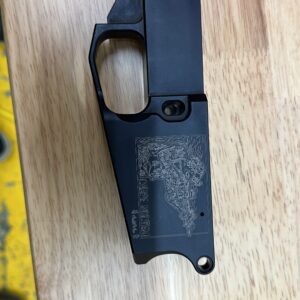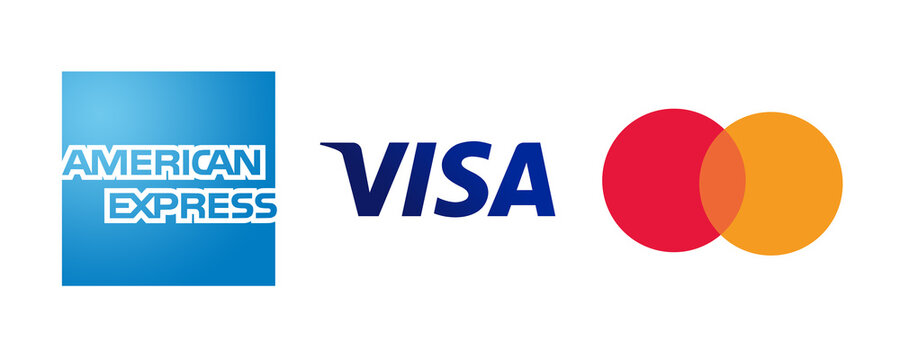Description
Vector Laser Engraving
Do you have a laser for engraving? Maybe you are looking for some better designs to use. Well, 2A Part Picker has decided to start taking design requests for hobbyists with lasers looking to expand their design database. All you have to do is purchase this package, let us know what you want created by being as detailed as possible or sending us an example for us to create something new off of. It’s as easy as that, then we will email you the design for approval in a Vector File that you can use to start using with your laser.
Laser Design & Creating Vector Files
Laser engraving is a process that uses a focused laser beam to etch or mark the surface of various materials. The laser beam vaporizes the material, leaving a permanent mark or engraving. Laser engravers can work with a variety of materials, including wood, plastic, metal, glass, and acrylic, among others. The accuracy and precision of the engraving depend on the quality of the artwork file and proper settings of the engraving machine.
A vector file is a type of digital image file that uses geometric shapes, points, lines, and curves (or paths) to define the image. The most common vector file formats are AI (Adobe Illustrator), EPS (Encapsulated PostScript), and SVG (Scalable Vector Graphics). Vector files are different from raster files (such as JPEG, BMP, or PNG), which are made up of pixels. Vector files are resolution-independent, meaning they can be scaled without losing quality, which is crucial for laser engraving.
Creating a perfect vector file for laser engraving involves several factors:
- Clean and precise design: A well-designed vector file should have clean, smooth lines and curves without any stray points, overlaps, or distortions. This ensures that the laser engraver will accurately reproduce the design without any unwanted artifacts.
- Proper line thickness: Ensure that the line thickness in the vector file is appropriate for the material and engraving method being used. Too thin lines may not engrave well or may break in some materials, while too thick lines can lead to a less detailed engraving.
- Closed shapes: Make sure that all shapes in the vector file are closed, meaning that there are no open paths. Open paths may cause the engraver to misinterpret the design or produce an incorrect engraving.
- Text conversion: Convert all text to outlines or paths. This ensures that the laser engraver will reproduce the text exactly as designed, without any font-related issues.
- Color assignment: Assign specific colors to different parts of the design if you want to use multiple engraving settings (such as different power levels or depths) in a single job. The laser engraver’s software can interpret these colors as separate layers, allowing you to apply different settings for each layer.
A well-prepared vector file ensures that the laser engraving process will produce a clean, precise, and high-quality result. It minimizes the risk of errors, reduces the need for rework, and can improve the overall efficiency of the engraving process.









Reviews
There are no reviews yet.